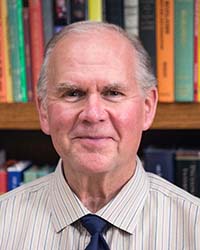

by Leon Mauldin
Synopsis: Leon leads us on a tour of Halicarnassus, located on the picturesque southwestern coast of Asia Minor (Turkey), famous for the Tomb of Mausolus, whose name provided the origin of the word "mausoleum."
During the intertestamental biblical period when the Persians ruled, Mausolos reigned over the kingdom of Caria from 337-353 BC. Halicarnassus, capital of Caria, was located on the SW coast of Turkey; today it is known as Bodrum.
Upon King Mausolos's death in 353 BC, his queen, Artemisia (who was also his sister) built him a tomb that would become one of the Seven Wonders of the ancient world. Notice the model which may be seen on location today. Note the lower level is that of a tall raised podium. Going up, you see the building takes on the appearance of a Greek temple, surrounded by columns. At the top, there is a pyramidal dome, on top of which is a sculpture depicting the king and his queen riding in a chariot.
This colossal structure would have been visible from a great distance as you sailed from the Mediterranean Sea. For New Testament orientation, this site is near the island of Cos, mentioned in connection with Paul's return on his Third Missionary Journey (Acts 21:1).
This memorial became known as the "Mausoleion." Hereafter monumental tombs throughout the world became known as mausoleums. Today the ruins of the site are visible, with the structure itself having been destroyed by an earthquake, and much of it later used to build the nearby Castle of Peter by the Knights of Rhodes in AD 1404. Some of the surviving sculptural fragments are housed in the British Museum. Note our accompanying photos.
Some archaeologists believe that King Mausolos's famous tomb may have influenced the architecture of some of the rock-cut tombs in Jerusalem, such as these seen in our photo at the base of Kidron, with the slopes of the Mount of Olives rising in the background.
What are some lessons here? Those who build such monumental tombs certainly have a desire for themselves and their loved ones to be remembered and not be forgotten after death. Yet, what really matters, the "one thing that is needful" (Luke 10:42) is not whether some great monument marks one's burial. What is essential is that one live the life of the righteous, so that he might "die the death of the righteous" (Num. 23:10). What matters is that we live in the Lord, so that we might be among those who "die in the Lord" (Rev. 14:10). "The memory of the righteous is blessed, but the name of the wicked will rot" (Prov. 10:7).
The Bible teaches that all will be raised from the dead. It is the body that dies; it is the body that will be raised and reunited with the spirit (John 5:28-29; 1 Thess. 4:13-18; 1 Cor. 15). What is striking is that so little attention is given in the New Testament to the burial of the body, or to burial markers or memorials. Rather, the focus is on obtaining the gracious salvation that is in Christ Jesus, so that whether living or dead, one will be received by the Lord for eternity, and thus be at home with God and received into glory! It is comforting that the Lord knows those that are His (2 Tim. 2:19) whether living or dead. God makes no mistakes. Everyone who dies in a saved condition will be raised to life eternal; those who know not God and who do not obey the gospel will also be raised, but for eternal destruction and separation from God (2 Thess. 1:6-10). The Sadducees, who did not believe in the resurrection, were told by Jesus that they neither knew the Scriptures, nor the power of God (Matt. 22:29). Because He lives, all will be raised!
Author Bio: Leon has worked with the Hanceville church of Christ in Hanceville, AL for 29 years. He and his wife, Linda, have three children and eight grandchildren (one deceased). The church's website is hancevillechurchofchrist.com. Leon's Message Board, devoted to Bible History and Geography, is at leonmauldin.blog.To learn about his biblical tours, please visit mauldinbiblelandtours.com. He can be reached at leon.mauldin@gmail.com .
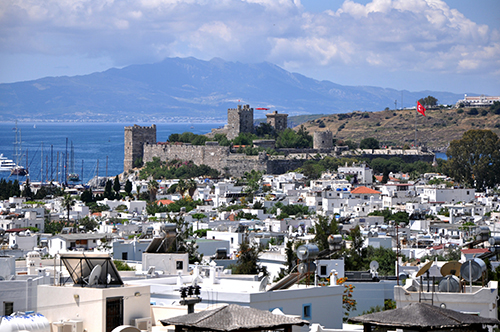
Image 1: The Castle of St. Peter at the Port City of Bodrum, by Leon Mauldin
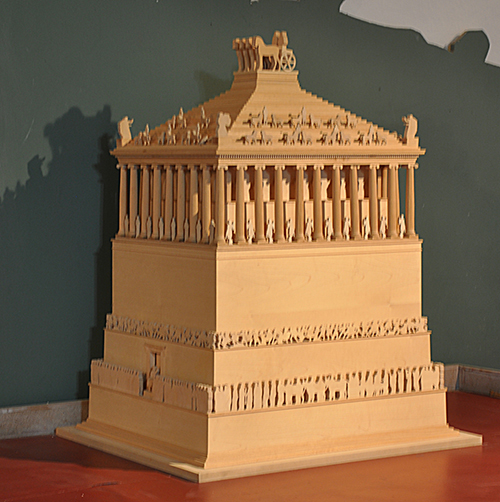
Image 2: Model of the Tomb of Mausolos, by Leon Mauldin
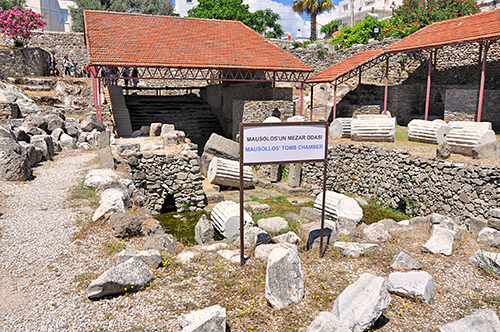
Image 3: Ruins of the Tomb of Mausolos, by Leon Mauldin
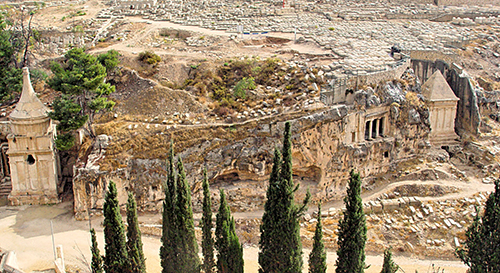
Image 4: Rock Cut Tombs in the Kidron Valley at Jerusalem, by Leon Mauldin